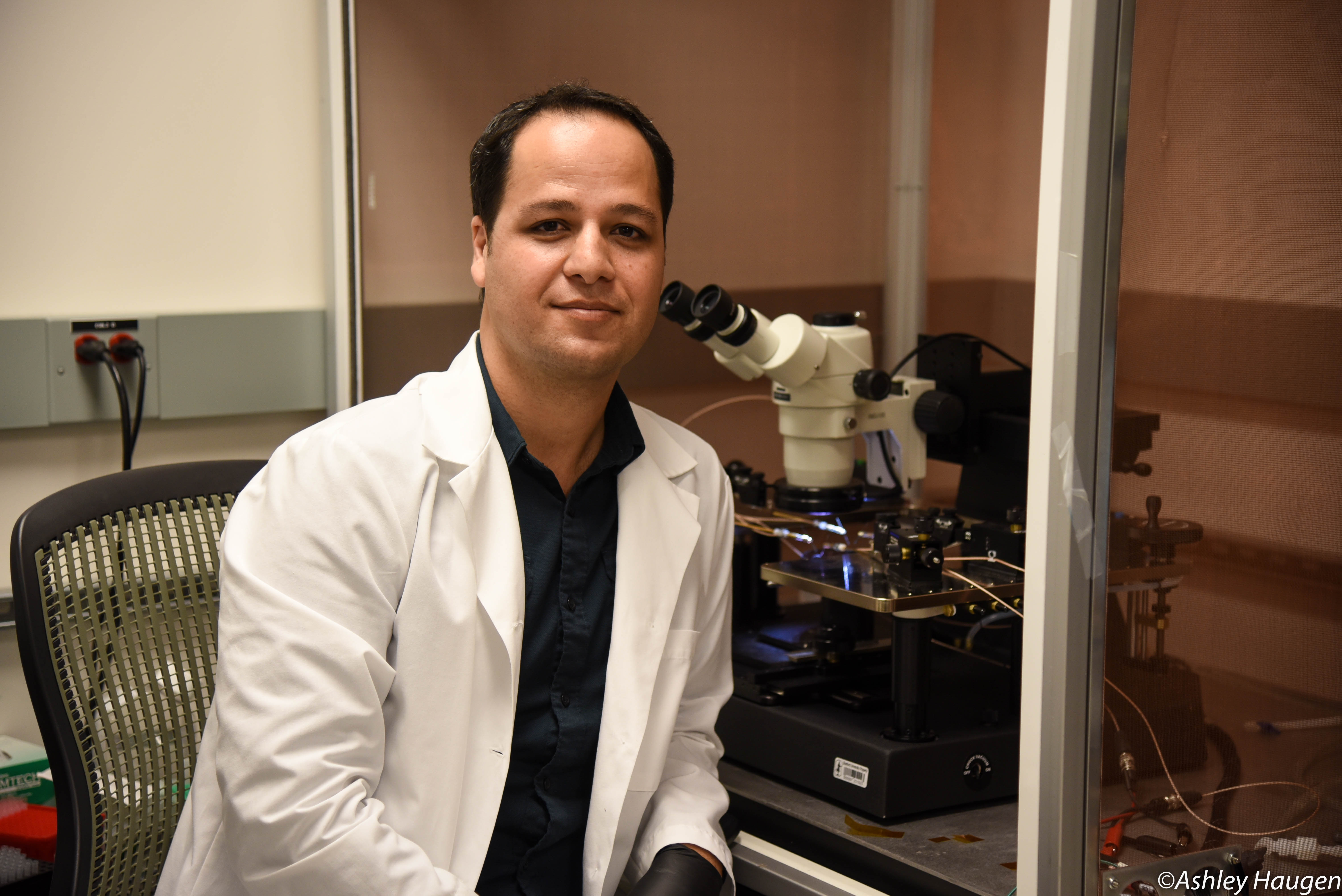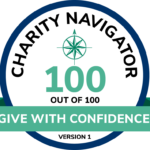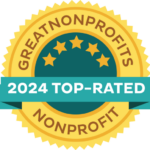On this #OMFScienceWednesday we introduce you to Stanford Genome Technology Center team member Rahim Esfandyarpour, PhD. Rahim ‘s ME / CFS research, funded by OMF, is focussed on the development of the nanoneedle as a biomarker for the disease.

“I received my PhD and MSc. in Electrical Engineering from Stanford University; currently I am an engineering research associate at the Stanford Genome Technology Center (SGTC). I have nearly a decade of experience in development of novel biomedical platforms for a variety of life science applications.
My interdisciplinary research focuses on translational science by applying innovative engineering concepts to address challenges in modern life science and medicine with the three main aims of prevention, early diagnosis, and effective treatments of the diseases. For instance, one of my recent inventions was a multi-functional ‘lab on a chip’ platform that costs about a penny, can be fabricated on an inkjet printer (read PNAS here and Stanford here).
I am currently managing an interdisciplinary team of scientists and engineers working on several different research projects that focus on developing novel, innovative, cost-effective, and precise technologies (e.g., portable, wearable and handheld bio devices) to advance the translation of biomedical research into advanced diagnostics and treatments.
This group is part of a technology development team with whom I collaborate, which includes immunologists, geneticists, biologists, chemists, oncologists, bioinformaticians, bioengineers, mechanical engineers, and electrical engineers. One of the powerful and novel technologies that I developed in the last few years was focused on addressing some of the major challenges associated with traditional biomarker detection methods. For example, many detection systems use complex optical methods requiring special fluorescent labels, while my methods use inexpensive electrical detection with no expensive labels.
Taking advantage of recent major advancements in nanotechnology, micro/nano fabrication, and microfluidics, I developed a versatile, ultra-sensitive, and high-throughput (thousands of sensors per square centimeter) impedance-based nano electronic array, called a nanoneedle biosensor, that is integrated with microfluidics technology and capable of performing real-time and label-free affinity-based bio-sensing of target biomarkers.
It was about two years ago that I learned more about ME / CFS and Whitney’s situation, and became actively involved in studying and understanding this complicated disease. I completely remember the discussions that Professor Davis and I had regarding how my nanoneedle assay might be a potential biomarker and drug-screening tool for ME / CFS. According to some studies, ME / CFS is a disease that affects at least two million people in USA and millions more globally. To the best of our knowledge, there is currently no well-established blood based biomarker to diagnose ME / CFS or to perform pre-clinical testing of candidate drugs and therapies for ME / CFS patients. As a result, diagnosing ME / CFS patients is a lengthy and costly process, which constitutes a fundamental impediment to patient care and treatments.
Since then I have spent many days and nights running experiments with the nanoneedle and studying the disease because I strongly believe there is always a way to find a solution if you try hard enough. Having that in mind and using our new technology, I spent months re-designing and micro-fabricating many more new sensors, and characterizing and calibrating them for this specific application. Then, for the first time, it was experimentally observed that ME / CFS blood cells display a characteristic impedance pattern when subjected to hyperosmotic stress that is significantly different to that of the healthy controls. The impedance pattern differences between ME / CFS and healthy blood in response to hyperosmotic stress suggest that the technology can potentially provide us with a unique indicator of ME / CFS. It’s very encouraging that the results thus far indicate that the technology can potentially establish a rapid and accurate diagnostic platform for ME / CFS while also providing insights into the biology of this complex disorder. Additionally, using this technology as a drug-screening tool, several small molecules have been tested to see how they can help ME / CFS cells to return to healthy cell behavior. These promising results suggest that the technology can potentially be used for rapidly screening candidate drugs and/or substances for ME / CFS.
Now, we are aiming to perform further experiments to understand the exact mechanisms contributing to the results and to test the performance of the assay on other diseases. Additionally, we are working on adapting the technology to a platform capable of pre-clinical testing of candidate drugs and therapies for ME / CFS patients, leading towards the development of a portable, handheld, and easy-to-use platform that can be operated by researchers and clinicians at any skill level.
Moreover, we plan to work on other technologies to study ME / CFS. For instance, my newly developed printing technology, a paper-thin nanoparticle circuit that costs about a penny to make on an inkjet printer, can not only increase tests’ throughputs but also dramatically decrease tests’ cost and may provide us with another powerful and low-cost diagnostic and drugs/substances screening tool for ME / CFS.
Last but not least, although there is still much to be done, I would like to take this opportunity to say that knowing about ME / CFS, closely witnessing the greatness, courage, and hope of people affected by the disease and their family members – including Whitney, Ron, and Janet- provides even more of a reason for me and my team to work on this disease. We will do our best to bring hope and wellness to everyone since every person deserves it.”
Thank you, Rahim, for your innovative and dedicated work to help millions of ME / CFS patients around the world.


